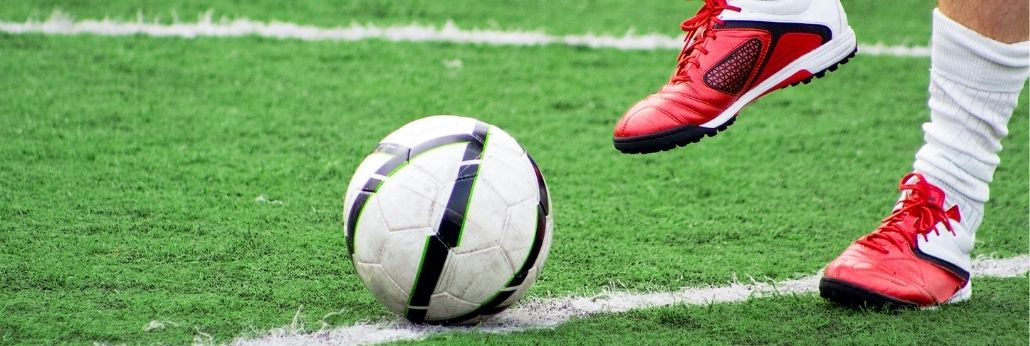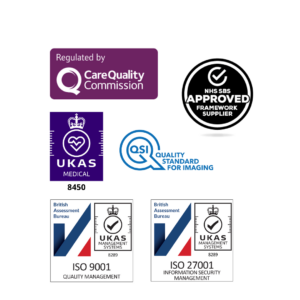How do hamstring injuries occur?
A hamstring injury can happen when jumping, climbing, running quickly or sprinting for a ball. For footballers, it can also happen if quickly stretching your leg out to tackle or reach the ball. Athletes or footballers usually have to stop what they are doing or stop playing. The temptation can be to try to continue through the pain, but this can cause more damage.
This type of sports injury is more complex than you think. There are five muscles that form the hamstring group and anyone of these could be injured, but usually is the muscle on the outer portion of the leg. A true injury is a ‘tear’ to one of these muscles that can have varying severity – mild grade 1, moderate grade 2 or severe grade 3. It is important to see a clinical specialist if you experience a hamstring injury so that they can determine the severity of it.
If it’s not a hamstring injury, what else could be causing the pain?
If you experience sudden pain in the back of the thigh area the pain may not necessarily be due to a tear. It could be simply tightness or fatigue in the muscle. However, this is can be a warning sign that a tear will occur in the future if not addressed.
It could also be nerve pain and not related to the muscle at all. For example, you can have a disc protrusion in your lower spine pinching on a nerve that runs down the back of your leg (sciatic nerve) mimicking hamstring injury symptoms.
How to treat a hamstring injury at home
If you injure your hamstring, follow these simple steps in the first few days after the injury.
REST – Avoid any exercise or activities that will aggravate the injury.
ICE – Apply an ice pack to the injury for up to 10 minutes every 2 to 3 hours.
COMPRESSION – Wrap a bandage or use a Tubigrip to reduce swelling.
ELEVATE– Keep your leg elevated as much as possible.
When to seek medical advice for a hamstring injury?
It is important you seek professional advice from a qualified healthcare professional for any of the following scenarios:
- If you experience a hamstring injury, seek advice as soon as possible. Arguably, even if you feel it is just an initial little ‘twinge’ or ‘niggle’.
- A significant injury or signs of a serious injury may cause a gross loss of function, including a real struggle to walk, and/or a deformity or bruising that can often track down the leg to the calf.
- If you experience recurring hamstring injuries.
A consultation with a consultant that specialises in Sports and Exercise Medicine is very beneficial and recommended for this injury. When presenting with a potential hamstring injury a thorough clinical examination will be performed. If appropriate, an ultrasound scan can be done during the appointment to aid diagnosis – this can save waiting for a more advanced imaging scan, such as an MRI.
Once a clear diagnosis is made, a management and rehabilitation programme can be devised specifically for you and your specific injury. A specialist Sports and Exercise Medicine Consultant will allow a safe return to activity as soon as is possible and will minimise the risk of future injury. They can guide you safely through this process, whether it is from the initial injury or at the end stage and getting you back to exercise and your sport.
Don’t delay getting an assessment or it may result in a ‘niggle’ getting worse and becoming a tear or a ‘significant injury’ which will cause long term problems.
 OUR BLOG
OUR BLOG







